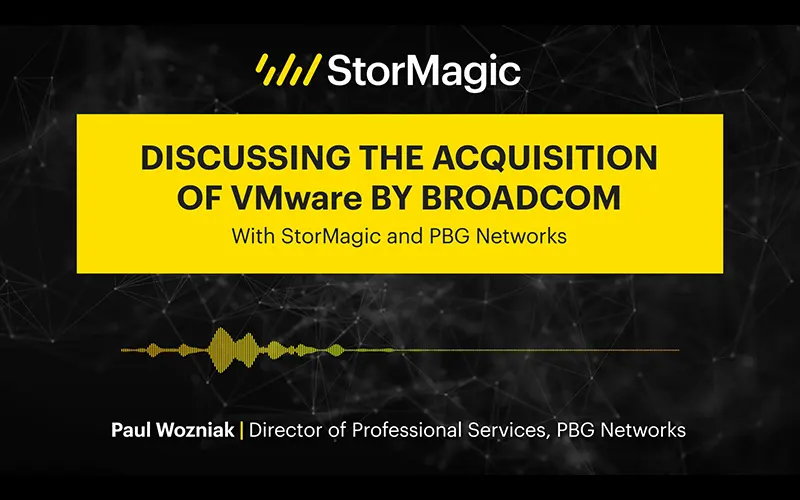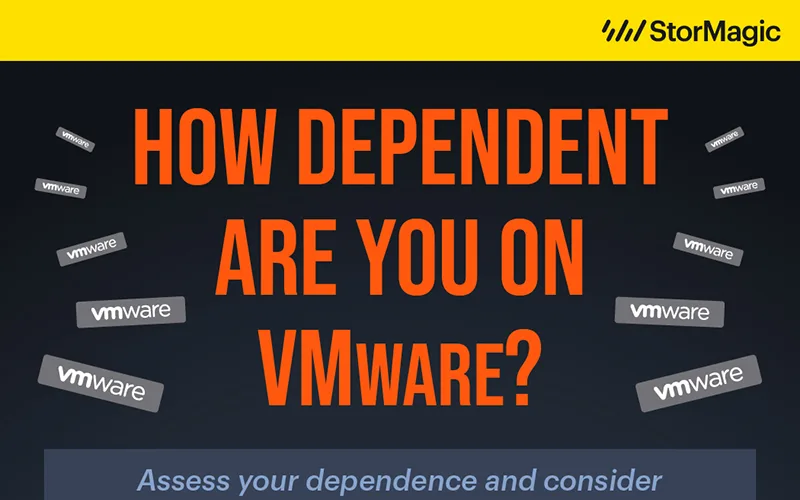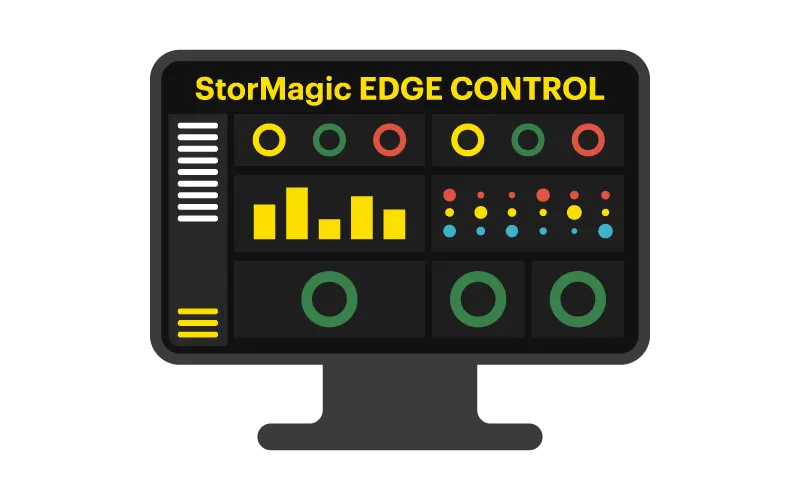StorMagic CEO, Hans O’Sullivan, examines the release of Windows Server 2016 and with it, Storage Spaces Direct in this three part series of blogs. Part 1 focuses on the history of software-defined storage.
Software-defined storage (SDS) solutions have been around for several years and with Microsoft’s Windows Server 2016 launch that includes Storage Spaces Direct, which will now go mainstream. Simply put, when Microsoft steps into a market, IT professionals take notice. Microsoft’s validation of SDS will ensure it quickly emerges from, arguably, a large niche into the mainstream. At the same time, this will create a market 10x bigger fueled by the availability of other SDS solutions that ensure IT professionals, inspired by Microsoft’s market entry, always get a choice of ‘best-of-breed’ technologies for their particular needs. StorMagic welcomes Microsoft’s clear commitment to SDS. It paves the way for broader adoption and gives customers confidence that the pioneers in the market, like StorMagic as well as our customers and partners were always on the right track.
A Short History of Software-Defined Storage
The early years
StorMagic was one of the early entrants to the SDS market, along with LeftHand (acquired by HP), FalconStor, DataCore and Virsto (acquired by VMware). Collectively, we took SDS from a concept to viable products that could form the core of a hyperconverged infrastructure and an alternative to a traditional storage array. It took several years, but the idea that you could run compute and shared storage together ‘hyperconverged’ and that enterprise storage didn’t need to equal monolithic million dollar arrays began to take root. Customers began to question whether the traditional physical SAN model still made sense, with the ever increasing performance and capacity of cost-effective commodity servers and storage.
The second wave
In 2013, VMware announced a public beta for the vSAN product and acquired Virsto, technology that would later become an integral part of VMware’s SDS solution. vSAN was later released as a GA product in the spring of 2014. VMware helped further validate the idea, and drove SDS adoption in enterprise datacenters. As with many platform technologies, there remained a tremendous number of customers that don’t use VMware, or simply don’t find the vSAN solution meets their needs.
Microsoft announced the Storage Spaces capability in Windows Server 2012, but even with the update in Windows Server 2012 R2 that was released in 2014, it was limited to pooling and mirroring disks, and couldn’t take advantage of hyperconverged infrastructure. Microsoft released Windows Server 2016 recently with fully-integrated SDS: Storage Spaces Direct, which allows any direct-attached storage on 2 more more servers running Windows Server Datacenter Edition to be used as shared storage.
…now what next?
Read part 2 as Han’s explores the details of Storage Spaces Direct.




